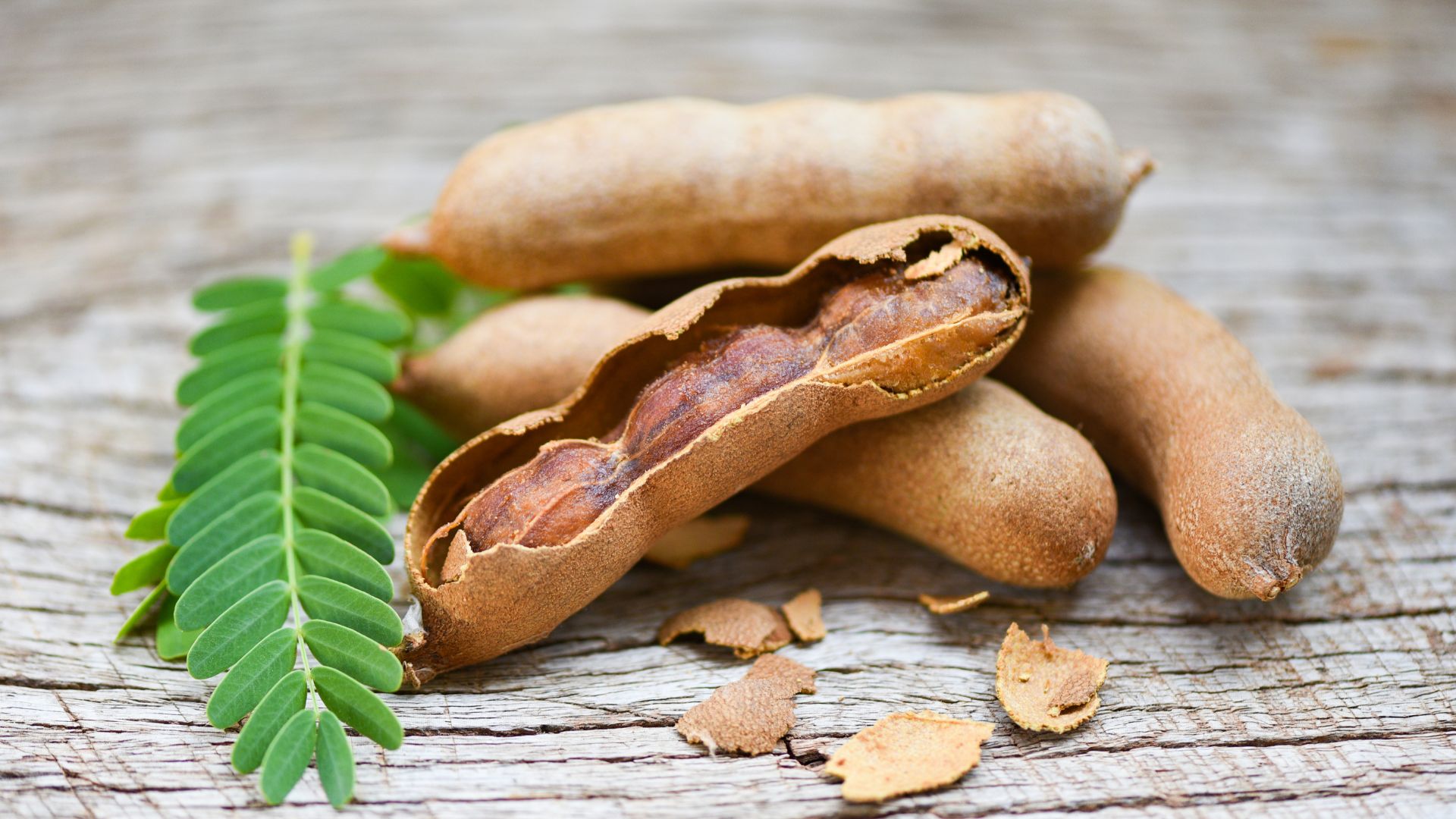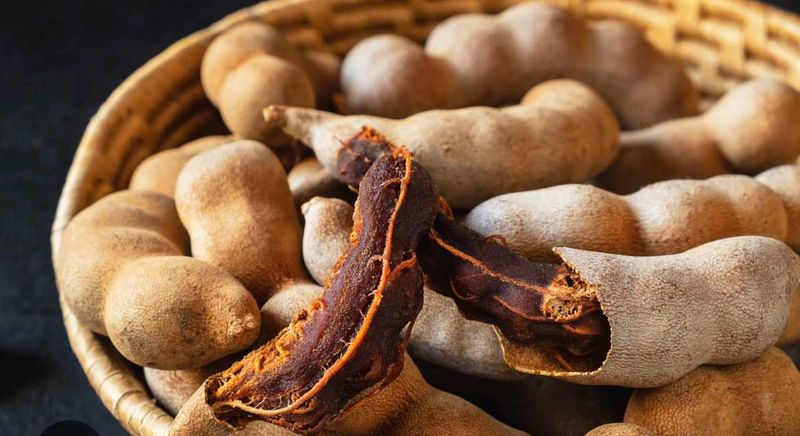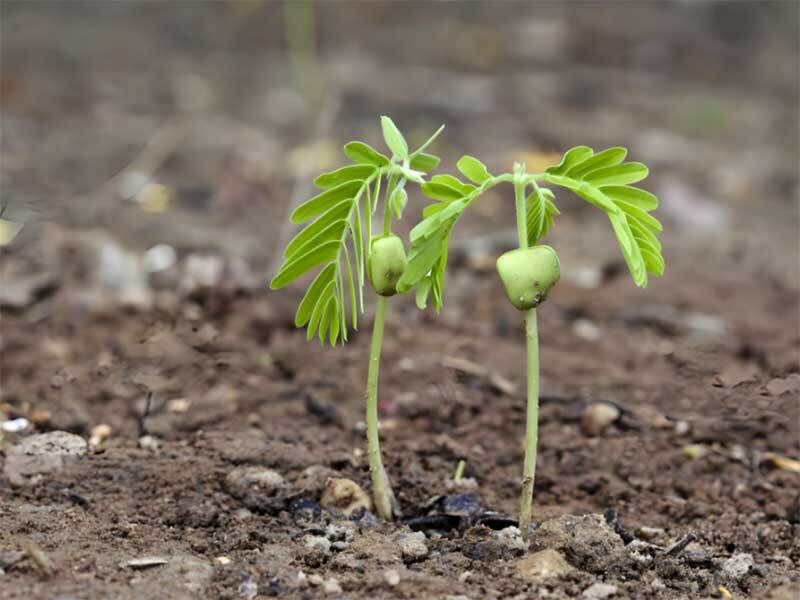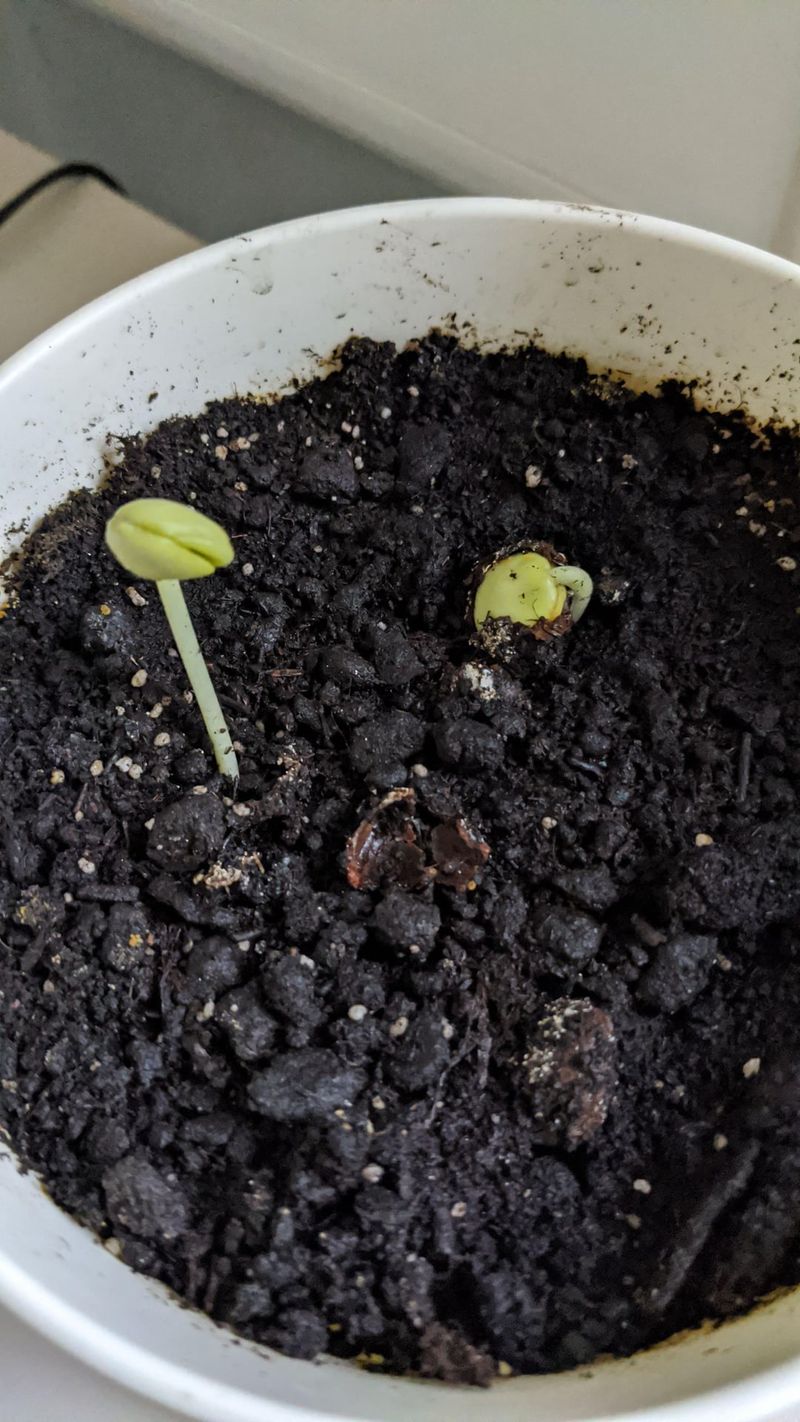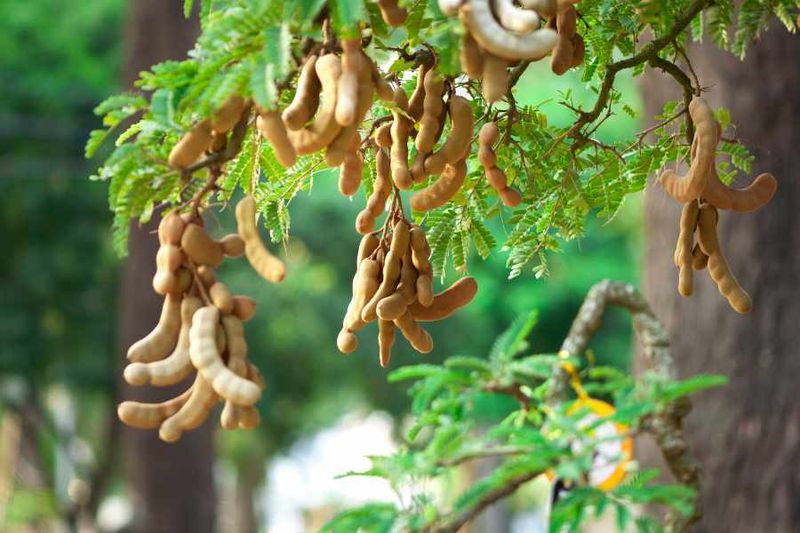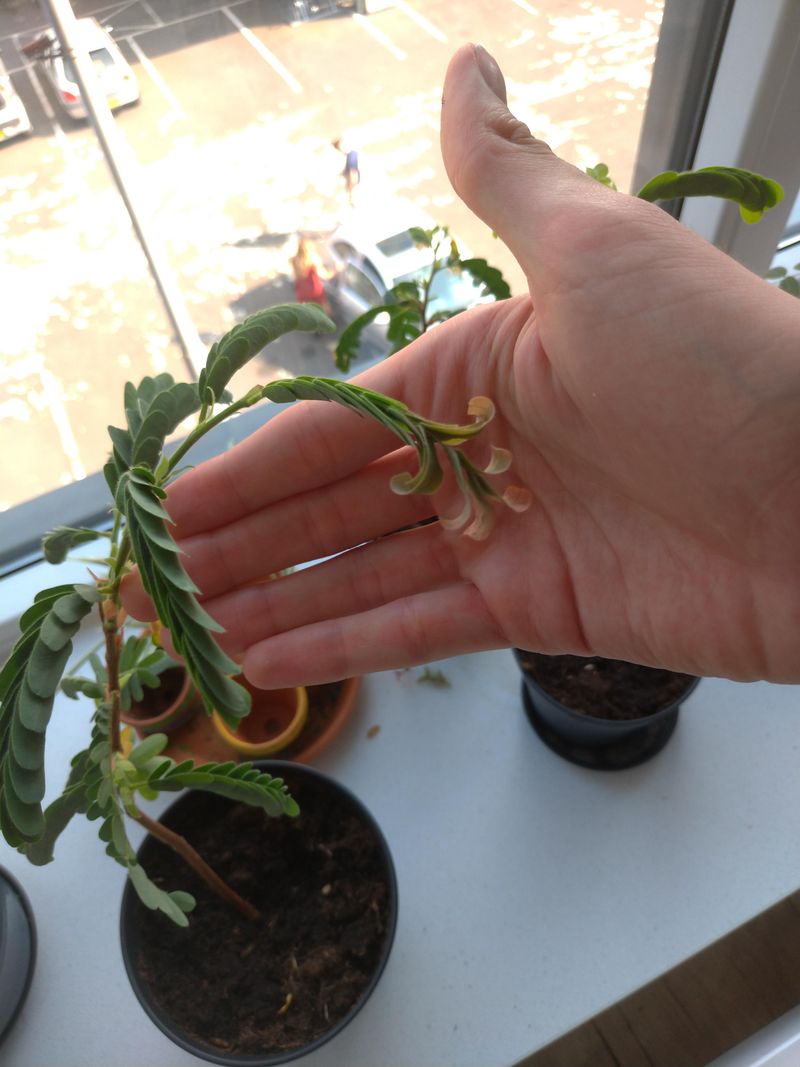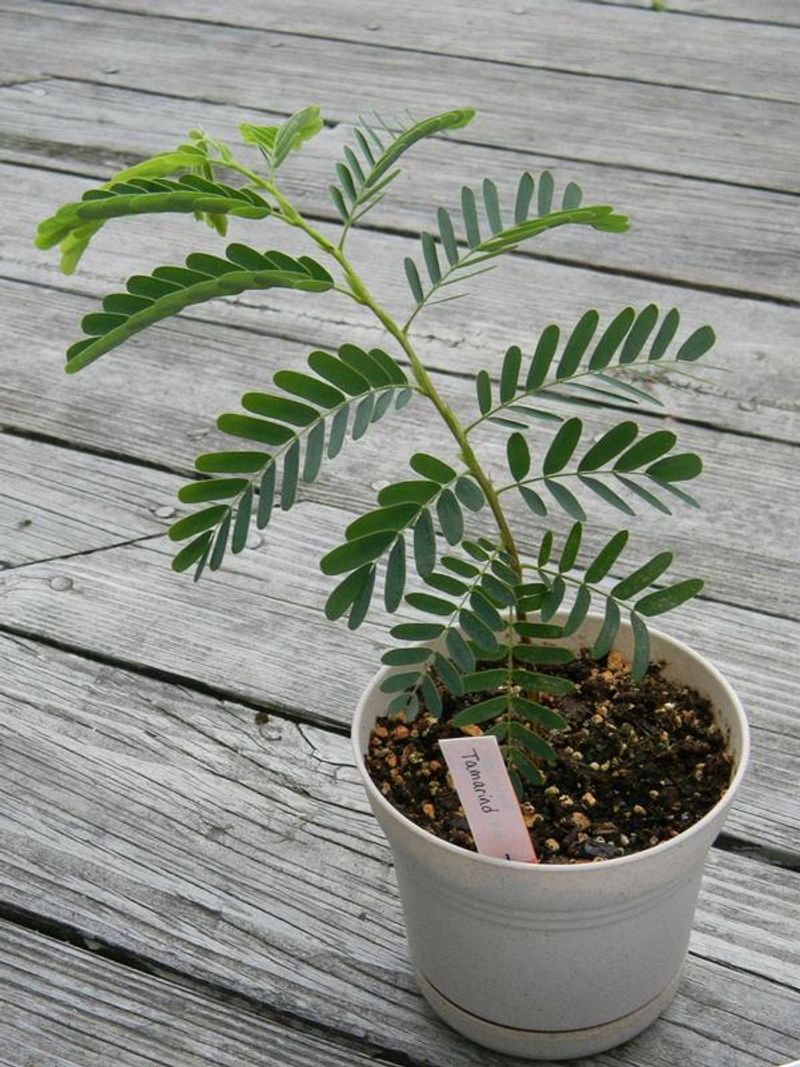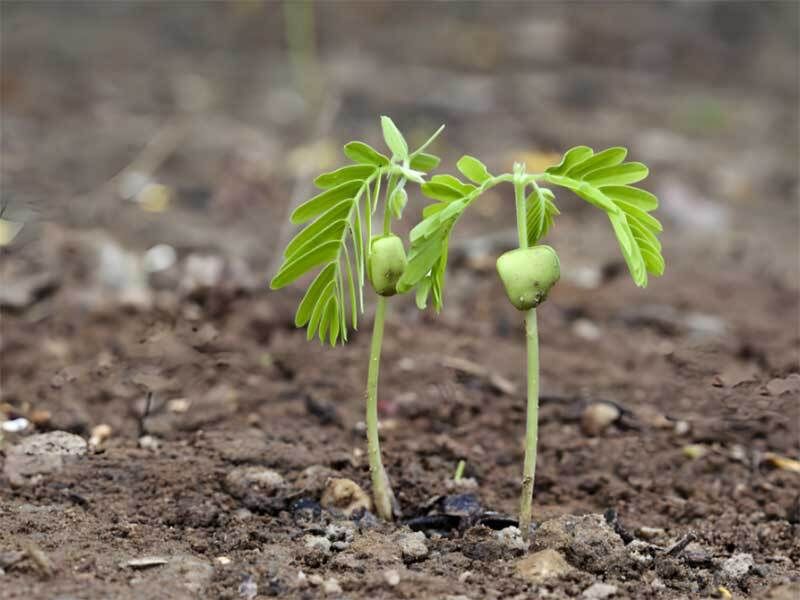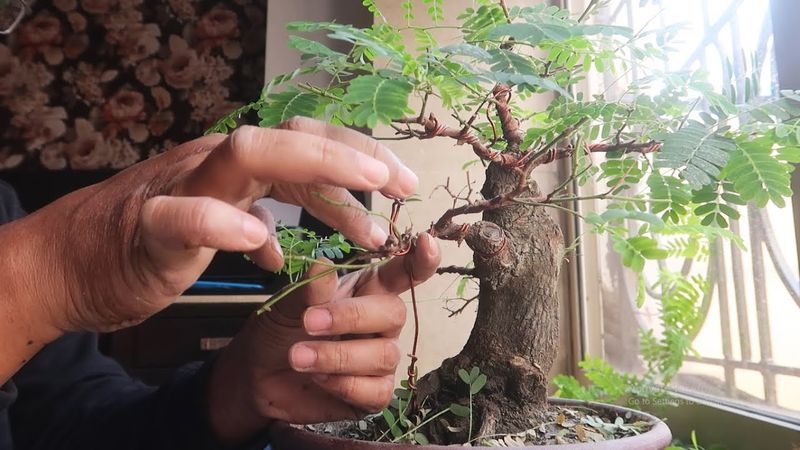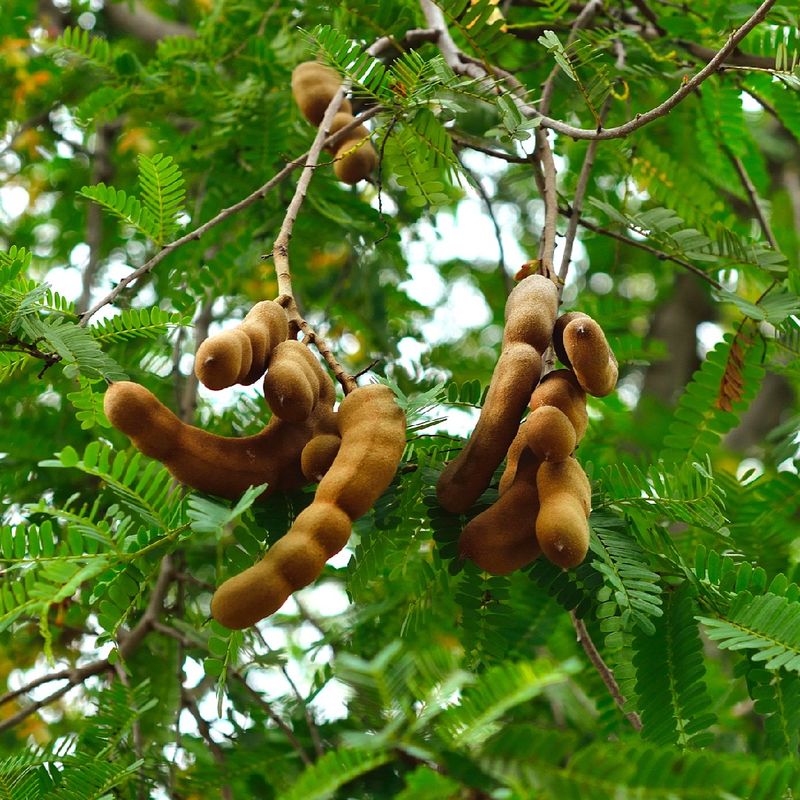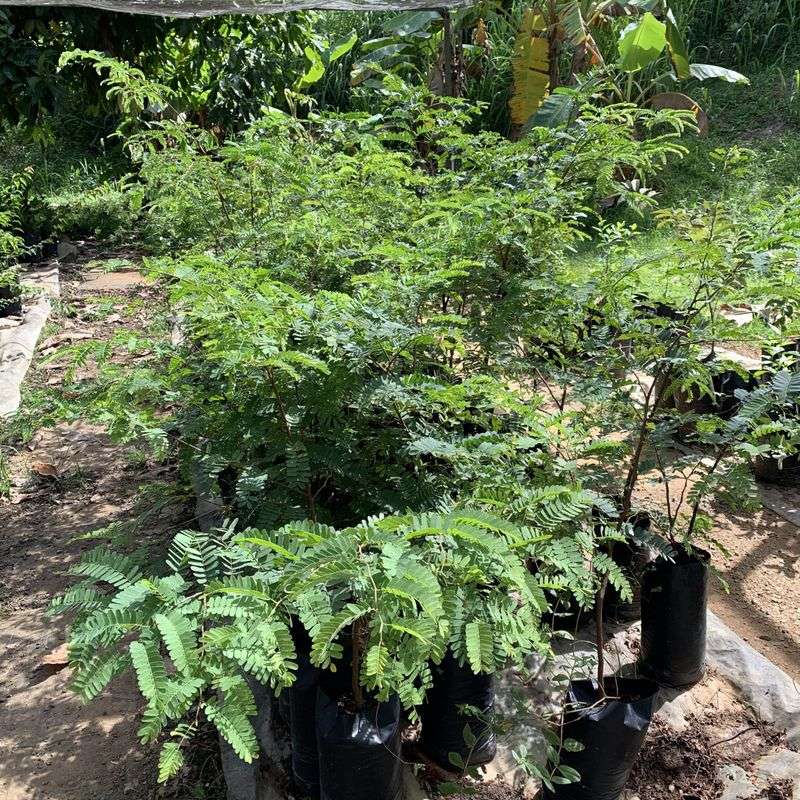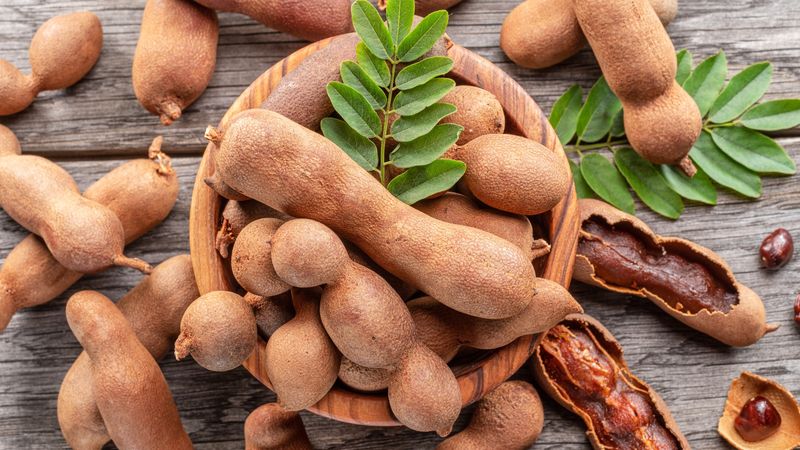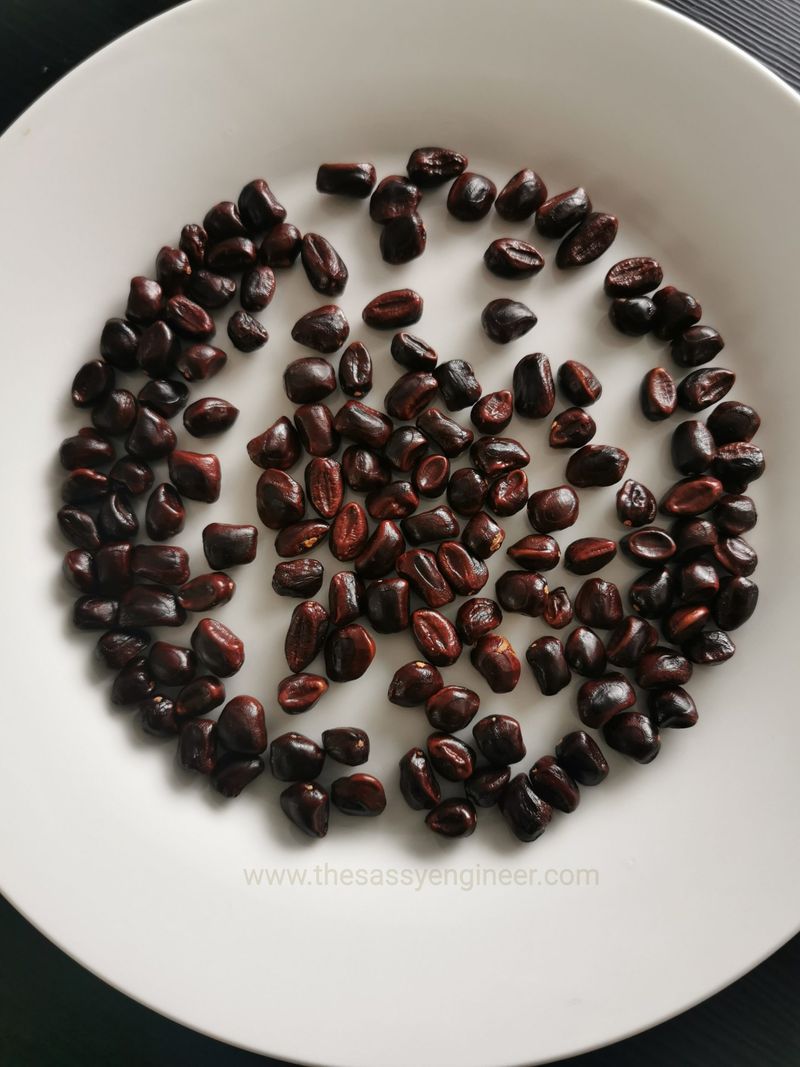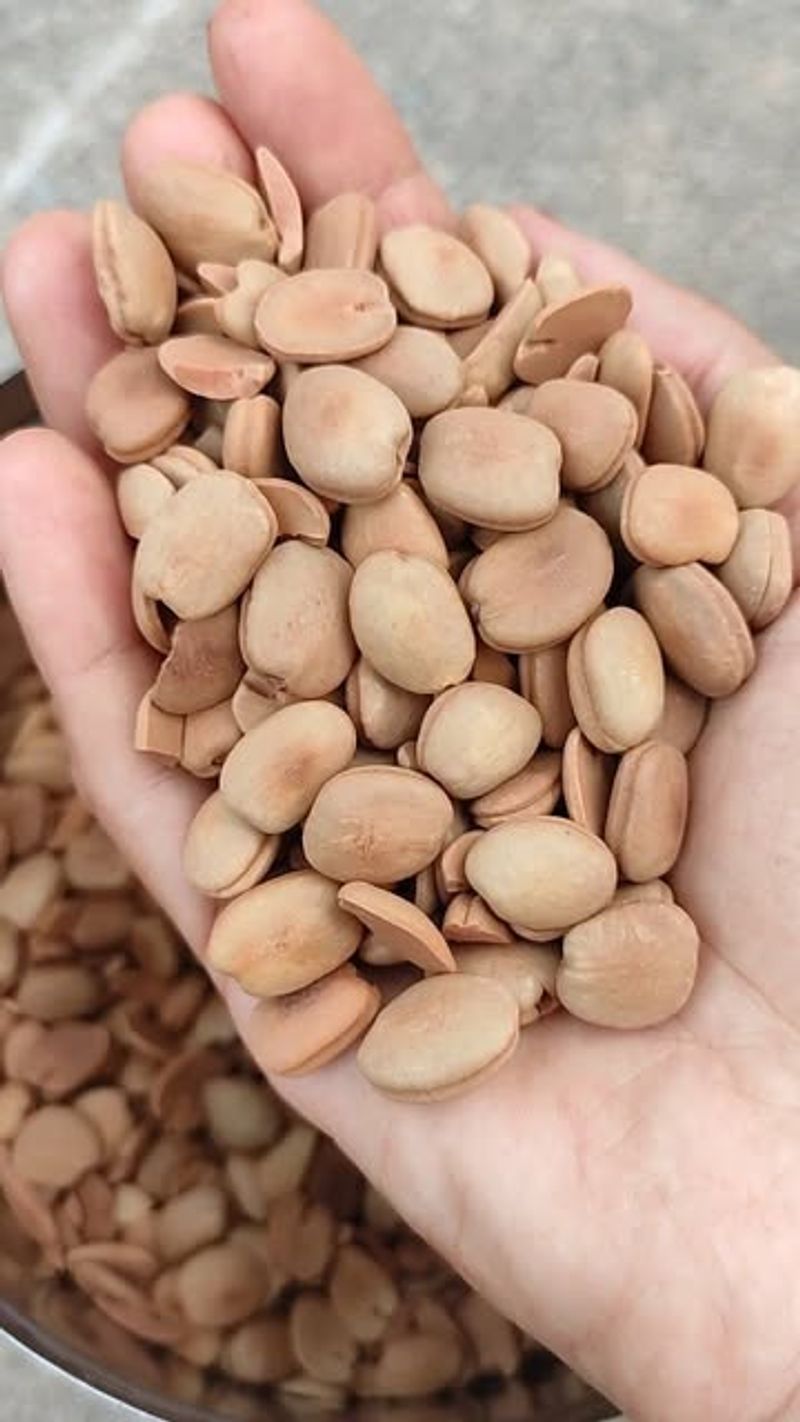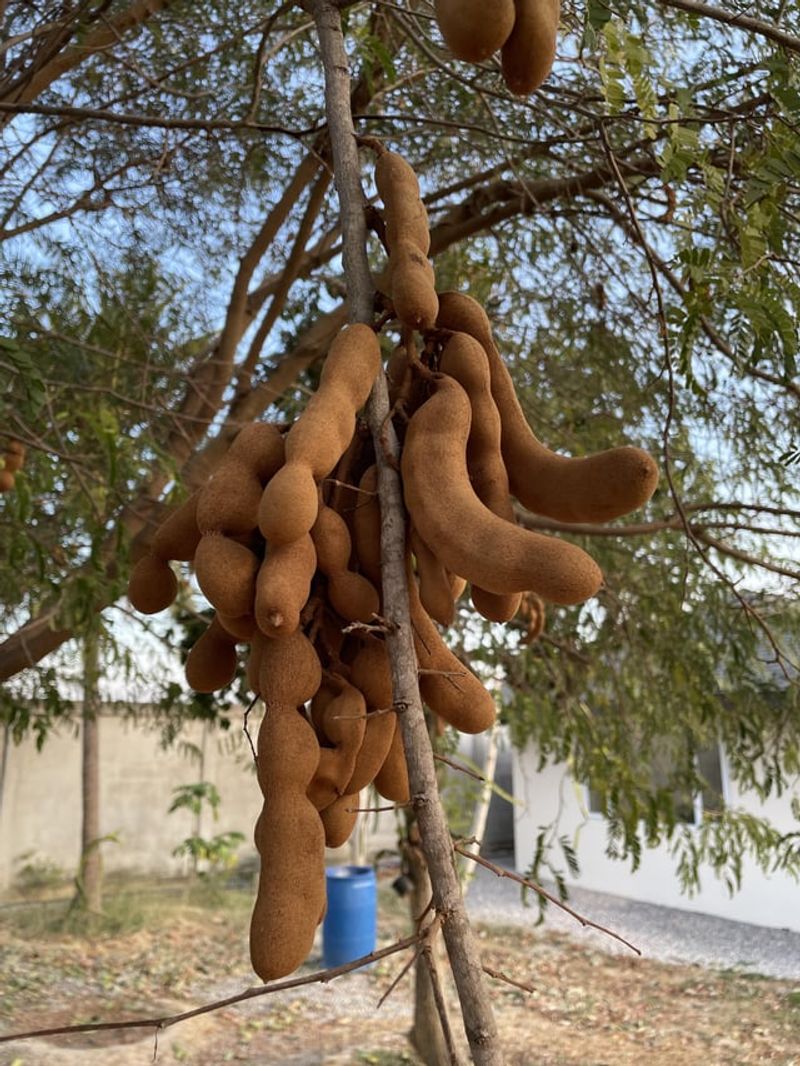Tamarind seeds might look like little rocks, but with a bit of patience and care, they can grow into beautiful, shade-giving trees that actually bear fruit. It’s one of those gardening projects that feels a bit magical—watching something so tough and unassuming come to life.
I still remember the first time I tried growing one. I soaked the seeds overnight, half expecting nothing to happen… and then, a tiny sprout appeared. That feeling never gets old.
I’ll walk you through easy steps to grow your own tamarind tree—from waking up the seed to helping it thrive in your garden or pot. Whether you’re doing this out of curiosity or dreaming of harvesting your own tamarind pods one day, you’re in the right place.
1. Selecting Quality Seeds
Begin by choosing seeds that look healthy and robust. Look for a dark, glossy exterior to ensure vitality. Discard any that appear cracked or discolored.
Selecting quality seeds is the first step towards a successful tamarind garden. It may seem trivial, but this choice can significantly impact your plant’s growth. Opt for seeds from a reputable source if possible.
In my experience, spending a little time on this step saves a lot of frustration later. Take a moment to examine each seed carefully; it’s time well spent.
2. Soaking The Seeds
Soak the seeds in warm water for 24 hours. This process softens the hard shell, making germination easier.
Warm water helps to mimic the natural conditions the seeds need to sprout. Use a glass bowl and ensure all seeds are submerged.
I’ve found that this simple soak can make a huge difference in how quickly the seeds sprout. It’s a small task but one that’s well worth doing right.
3. Preparing The Soil
Choose a well-draining soil mix. Tamarinds thrive in loamy soil with good drainage. Avoid heavy clay that retains water.
Amend the soil with organic matter like compost to enrich it. This helps in providing essential nutrients and promotes healthy root development.
From personal experience, investing in good soil pays off exponentially. The right foundation can mean the difference between a thriving tree and a struggling one.
4. Planting The Seeds
Plant seeds about an inch deep in the soil. Ensure they are evenly spaced to allow for growth. Cover lightly with soil.
Water gently to settle the soil around the seeds without washing them away. Keep the soil moist but not soggy.
Planting is the first step where your tamarind journey becomes tangible. It’s exciting to think about what these tiny seeds will become.
5. Providing Adequate Sunlight
Place the pots in a location that receives plenty of sunlight. Tamarind trees need lots of light to grow strong.
If outdoor planting isn’t an option, a sunny windowsill works well. Rotate the pots to ensure even light exposure.
Sunlight is like fuel for your tamarind seedlings. Without it, they’ll struggle to thrive. Always seek the brightest spot for your plants.
6. Watering Wisely
Water the seedlings regularly but do not overwater. The soil should be kept moist, not soggy.
Use a gentle spray to avoid disturbing the soil. Mornings are the best time to water, as it allows the plant to absorb moisture throughout the day.
Balancing water needs can be tricky, but with practice, it becomes second nature. Remember, roots need air too, so don’t drown them!
7. Transplanting Seedlings
Once the seedlings outgrow their pots, it’s time to transplant them. Choose a spot with ample space and sunlight.
Handle the seedlings gently to avoid damaging the delicate roots. Plant them at the same soil depth as in the pot.
Transplanting can feel daunting, but it’s an exciting milestone. Watching the seedlings adapt to their new home is incredibly rewarding.
8. Fertilizing The Soil
Use a balanced, slow-release fertilizer to nourish your tamarind tree. Fertilizing in early spring promotes growth.
Organic options are preferred to avoid chemical buildup in the soil. Apply around the base, avoiding direct contact with the trunk.
Fertilizing feels like giving your tree a health boost. It’s a simple way to ensure your tamarind has all it needs to flourish.
9. Pruning Techniques
Prune the tamarind tree to encourage healthy growth and structure. Remove dead or crossing branches.
Regular pruning helps the tree to maintain a pleasing shape and directs energy to productive areas. Be gentle but firm.
Pruning is more of an art than a chore. Each cut helps to shape the tree’s future. It’s a hands-on way to guide its growth.
10. Pest Management
Monitor your tree for pests like aphids and caterpillars. Natural remedies like neem oil can be effective.
Spray the affected areas in early morning or late afternoon to avoid leaf burn. Regular checks can prevent infestations.
Dealing with pests might seem daunting, but it’s manageable with vigilance. Think of it as part of the learning curve in gardening.
11. Protecting From Extreme Weather
Shield your tamarind tree from harsh weather conditions. Use frost blankets during cold snaps and shade cloth in extreme heat.
These protective measures ensure that the tree isn’t stressed by unexpected weather changes. Windbreaks can also be helpful.
Weather protection is like giving your tree a little extra care when it needs it most. It’s about being prepared for what nature throws your way.
12. Harvesting Tamarind Pods
Harvest tamarind pods once they are fully ripe and brown. Twist gently to remove them without damaging the tree.
Harvesting is best done on a dry day. Store the pods in a cool, dry place to extend freshness.
There’s a special joy in harvesting the fruits of your labor. Each pod is a testament to your patience and care.
13. Storing Tamarind
Store harvested tamarind pods in a cool, dry place. Proper storage extends their shelf life and flavor.
Use airtight containers or sealed bags to maintain freshness. Keep them away from direct sunlight and humidity.
Storing tamarind is like preserving a piece of your gardening journey. It ensures you can enjoy your harvest long after it’s been picked.
14. Using Tamarind In Cooking
Tamarind adds a tangy flavor to various dishes. Use it to make pastes, sauces, and marinades.
Experiment with traditional recipes or create new ones. It complements both sweet and savory dishes.
Cooking with tamarind is a delightful exploration of flavors. Each dish becomes a testament to your garden’s bounty.
15. Saving Seeds For Future Planting
Dry and save seeds from your harvest for future planting. This sustainable practice ensures a continuous gardening cycle.
Store seeds in a cool, dry place, properly labeled. It’s an easy way to preserve your favorite varieties.
Saving seeds is like passing down a legacy. Each seed holds the promise of a new tree, a new beginning.
16. Sharing With Friends
Sharing seedlings or tamarind pods with friends is a wonderful way to spread joy.
It’s a gift that keeps on giving, as they too can start their tamarind journey. Share tips and experiences to help them succeed.
Gardening is more than a hobby; it’s a community. Sharing makes the experience richer and more fulfilling.
17. Enjoying The Fruits Of Your Labor
Take time to relax under your tamarind tree and enjoy its shade and bounty.
A mature tree provides not just food, but also a tranquil spot to unwind. Reflect on the journey from seed to tree.
The beauty of gardening is in these moments of respite and reflection. It’s a reminder of the cycles of nature and your role in it.

